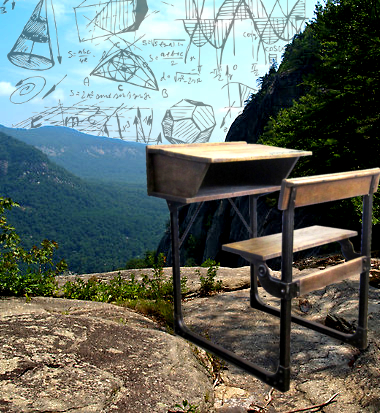NSW curriculum updated
 The NSW primary school curriculum will undergo a significant transformation in 2027.
The NSW primary school curriculum will undergo a significant transformation in 2027.
In what the state has described as the most substantial curriculum reform in over thirty years, the revised curriculum aims to provide greater clarity for teachers and ensure that students learn concepts and skills sequentially.
For example, students will learn to interpret graphs in mathematics before applying these skills in geography.
Education Minister Prue Car says the reforms are based on global evidence, and will enhance student outcomes.
One notable change is the emphasis on “explicit teaching”, which focuses on imparting knowledge rather than a “skill-based” curriculum. This approach aims to ensure that students have a firm grasp of fundamental knowledge before progressing to more complex applications.
History and geography will be merged into a single subject: Human Society and Its Environment (HSIE).
This new course will also cover civics and citizenship, including democratic roles and the history of voting in a democracy.
The Australian history component will encompass Aboriginal cultures, the arrival of the First Fleet, and the events leading to federation.
For the first time, the curriculum will address the healthy use of digital services, balancing screen time with outdoor activities.
Students with physical disabilities will receive targeted support to develop movement skills.
Age-appropriate lessons on respectful relationships will be introduced, teaching concepts such as seeking, giving, and denying consent in scenarios like sharing toys or joining games.
“From an early age we all know it's important that in the most age-appropriate way we teach young children about consent and permission,” Ms Car said.
The science curriculum will expand to include a comprehensive understanding of the human body, covering the skeletal, respiratory, and circulatory systems.
Additionally, students will engage in more hands-on experiences, both outdoors and indoors. They will explore topics such as ecosystems, solar systems, climate, energy, food chains, and electricity.
The creative arts syllabus will receive its first update in 24 years, ensuring equal emphasis on dance, drama, music, and visual arts.
The new guidelines mandate equal time allocation for each category, fostering a well-rounded arts education.
New K-6 syllabuses are already available on the NSW Curriculum website, allowing schools to plan and prepare from 2025. The full implementation of the new syllabuses across NSW schools will commence in 2027.
Schools will have access to support materials, including teaching advice and online professional development, to assist with the curriculum rollout.
These resources aim to facilitate a smooth transition and ensure educators are well-prepared to deliver the updated content.







 Print
Print